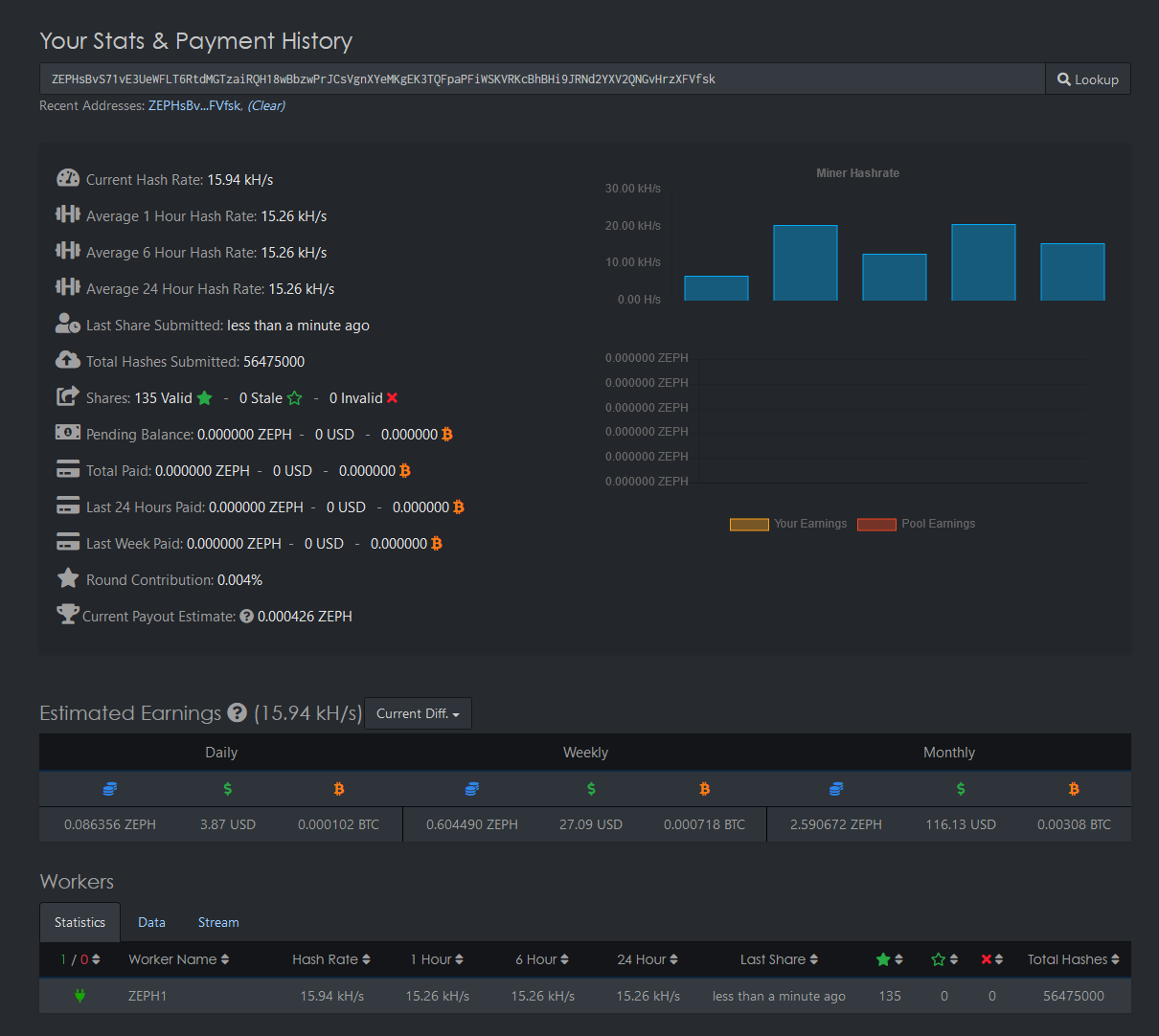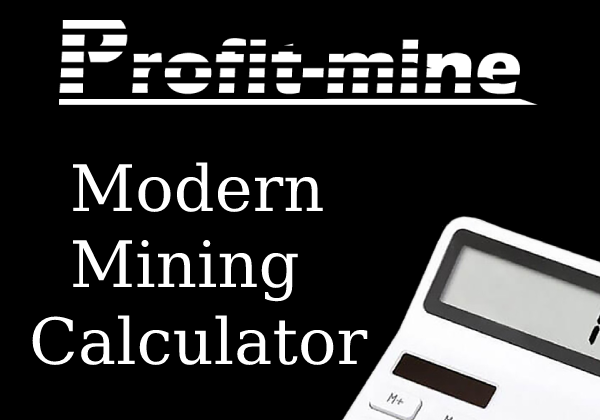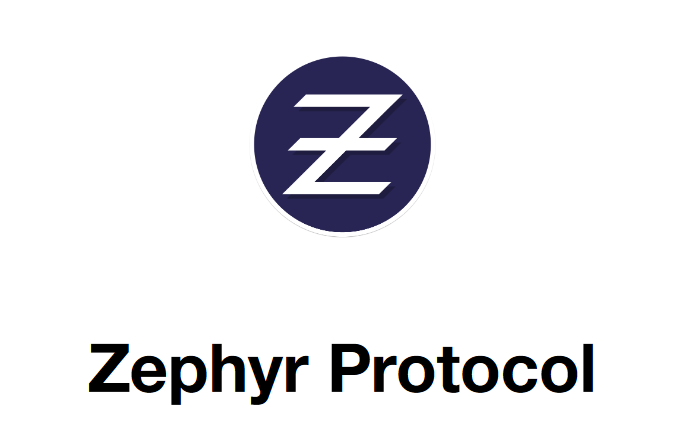 Do you think that CPU mining is long dead? But no! Thanks to a coin like the Zephyr protocol (ZEPH), cryptocurrency mining on a central processor is now much more profitable than on a video card. For example, on our test bench, where an AMD Ryzen 9 7950X processor and an Nvidia Geforce RTX 4090 video card are installed, at the moment it is the processor that produces ZEPH by more than SEVEN TIMES! more income (about $3.5 per day) than the top-end Geforce RTX 4090 video card on the most profitable GPU coins known to us (Nexa, Alephium) - about $0.5 per day. These calculations are relevant at the time of writing this material and at an electricity cost of $0.1 per kW/h. The mining profitability of both GPU and CPU can change significantly over time. You can always check the current mining profitability on a video card and processor in our Profit-mine.com calculator. Read detailed information about the coin, as well as instructions on how to mine the ZEPH coin under Windows.
Do you think that CPU mining is long dead? But no! Thanks to a coin like the Zephyr protocol (ZEPH), cryptocurrency mining on a central processor is now much more profitable than on a video card. For example, on our test bench, where an AMD Ryzen 9 7950X processor and an Nvidia Geforce RTX 4090 video card are installed, at the moment it is the processor that produces ZEPH by more than SEVEN TIMES! more income (about $3.5 per day) than the top-end Geforce RTX 4090 video card on the most profitable GPU coins known to us (Nexa, Alephium) - about $0.5 per day. These calculations are relevant at the time of writing this material and at an electricity cost of $0.1 per kW/h. The mining profitability of both GPU and CPU can change significantly over time. You can always check the current mining profitability on a video card and processor in our Profit-mine.com calculator. Read detailed information about the coin, as well as instructions on how to mine the ZEPH coin under Windows.
General information about the Zephyr protocol (ZEPH) coin
Zephyr protocol is essentially a platform for creating stable coins, the concept of which is improved with the help of the innovative Djed protocol. Djed was born out of a collaboration between the Ergo Foundation, Emurgo (Cardano ecosystem) and IOHK, and its first deployment was SigmaUSD on Ergo in 2021. Bridging the gap between privacy and stability, Zephyr leverages the proven mechanics of the Djed protocol while combining the robust privacy features found in Monero. This unique combination results in the world's first secure, privacy-guaranteed stablecoin, a major leap in the evolution of digital currencies.
Zephyr protocol is a hybrid of a minimal implementation of Djed combined with the privacy features of Monero. To understand how this works, it is important to understand the key features and functionality of the protocol:
- Overcollateralization - The cornerstone of the Zephyr protocol is its overcollateralization feature, which increases the stability of the stablecoin. Overcollateralization means that the system holds more collateral in reserve than the total value of the stablecoins in circulation. This overcollateralization ensures that there will always be enough reserves to cover the circulating supply of the stablecoin. This mechanism reduces the risk of situations where a large number of users simultaneously withdraw their funds, potentially destabilizing the system. ZEPH provides reliable and stable operation of stablecoins based on it, while maintaining the high degree of privacy and security inherent in the Monero cryptocurrency on which it is built.
- Battle Proven - Prior to the creation of the Zephyr protocol, the principles of the Djed protocol were successfully implemented and tested in SigmaUSD, Djed COTI and Milkomeda Djed Osiris Dollar (MOD), proving the effectiveness of this unique approach to creating stablecoins. All three previous projects have demonstrated stable values despite price volatility in their underlying reserve assets. They have demonstrated the strength of the Djed model in various Blockchain ecosystems, which increases confidence in the adoption of the Zephyr protocol. Building on several past proven and trusted implementations of the Djed protocol, ZEPH aims to take these proven strategies to the next level by integrating Monero's privacy features. This hybrid approach represents an innovative step in the stablecoin market, combining stability and privacy in a single decentralized platform.
The official website of the coin is available at https://www.zephyrprotocol.com/. To mine ZEPH, the CPU-oriented RandomX algorithm is used. Basic current information about the project network can be found here. Blockchain project explorer is located at this link. Detailed documentation and Whitepaper.
Available wallet versions:
- Zephyr protocol wallet for Windows with a graphical interface.
- Zephyr protocol wallet for MacOs (Intel) with a graphical interface.
- Zephyr protocol wallet for MacOs (M1/M2/M3) with a graphical interface.
- Zephyr protocol wallet for Linux with a graphical interface.
- Source code for the Zephyr protocol project on Github.
Information about ZEPH:
Mining pools supporting ZEPH mining using the RandomX algorithm:
- herominers.com - commission 0.9% PROP, pool mining and solo mining, minimum withdrawal: 0.1 ZEPH, the most popular mining pool, pool power is about half the power of the entire network.
- miningocean.org - commission 0.9% PPLNS, minimum withdrawal: 0.2 ZEPH, the second most popular mining pool, the power of the pool is about a quarter of the power of the entire network.
- c3pool.com - commission 0% PPLNS, multipool, minimum withdrawal: 0.005 XMR, third most popular mining pool, pool power about 12% of the network power.
Other mining pools can be viewed on the website https://miningpoolstats.stream/zephyr

Crypto exchanges with ZEPH deposit support
- MEXC is the most popular exchange that supports ZEPH trading.
- Xeggex is a small exchange with support for a large number of small coins.
- Nonkyc.io is a small exchange that does not require KYC for trading.
- Trade Ogre is a lightweight small exchange that supports ZEPH trading.
Если Вы не хотите устанавливать кошелек Zephyr protocol, у Вас есть возможность использовать адрес кошелька на одной из бирж, однако обратите внимание на размер минимального депозита, и выбирайте биржу где размер минимального депозита меньше, например MEXC.
Supported mining software:
- XMRig is the recommended open source miner for ZEPH mining on CPU. All further setup of the mining process will be using this miner. (1%)
- SRBMiner Multi is an alternative miner with support for the RandomX algorithm. (0.85%)
- XMR Stak RX is another popular ZEPH miner on the CPU. (1%)
- Nanominer is a GPU miner with support for mining on RandomX using the CPU. (2%)
How to calculate income from ZEPH mining on CPU:
- ZEPH calculator on Profit-mine.com is our mining calculator where you can calculate the current profitability of Zephyr protocol mining.
- Rating of processors for CPU mining.
- ZEPH calculator on Hashrate.no.
- ZEPH calculator on WhatToMine.
Detailed instructions on how to set up ZEPH mining under Windows.
To begin, select a mining pool and go to the website of the selected mining pool. In our case, we will use the largest pool at the moment - Herominers.com. We go to the pool website and go to the Zephyr coin.

Click on the Start item in the top menu and scroll to the bottom of the page to the list of compatible miners.

Select the miner you like (In our case, we will use XMRig v6.20.0), and download it from the link. To do this, go to the xmrig Github repository and download the latest version for Windows.

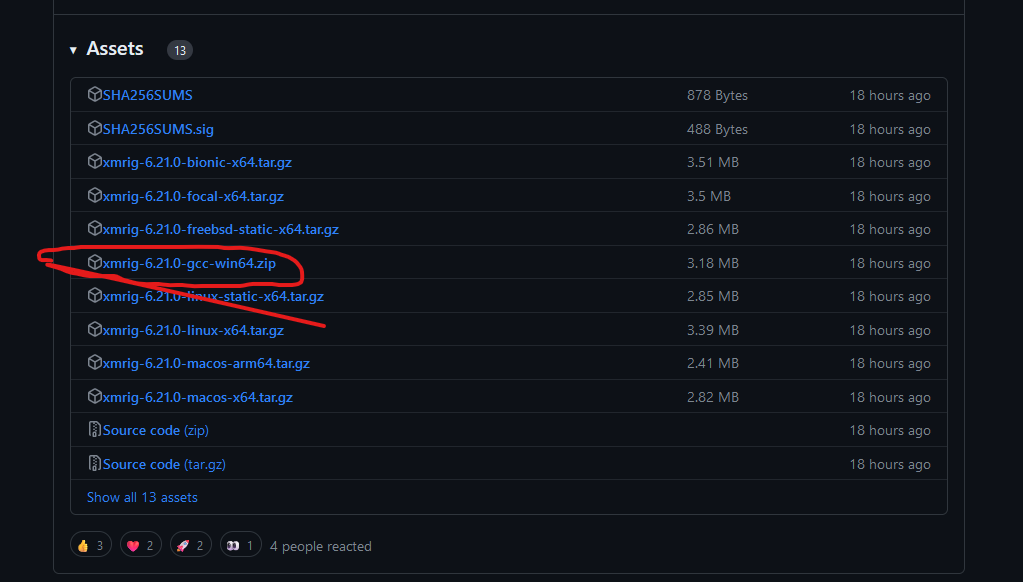
When downloading the miner, if the browser complains to you about the presence of viruses in the archive, ignore this notification and allow the download of the miner. Next, unpack the archive with the miner to a place convenient for you, it is recommended to go to the root of the disk or so that there is no Cyrillic alphabet in the path to the folder with the miner. In some cases, Windows Defender may delete the .exe file in the folder where you extracted the archive. To prevent this from happening, it is recommended to disable Windows virus protection. To do this, in the START menu, enter the phrase “Virus protection” in the search bar and open the “Protection from viruses and threats” settings, go to the subheading “Protection settings against viruses and other threats” and click on the “Manage settings” link and disable all items . Then unpack the archive with the miner again into the same folder. Please note that after you restart your computer, virus protection will be automatically enabled and the .exe file may be deleted again.
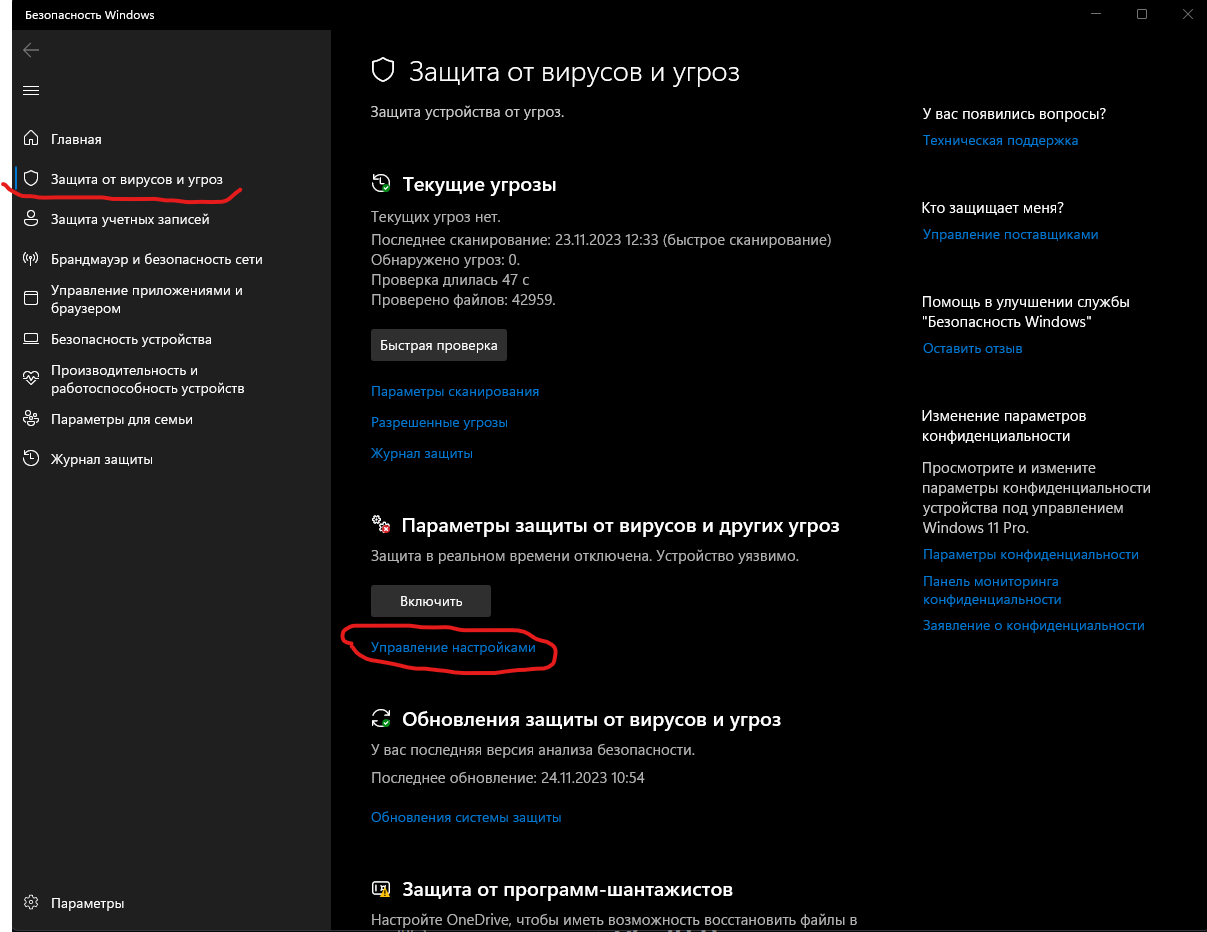
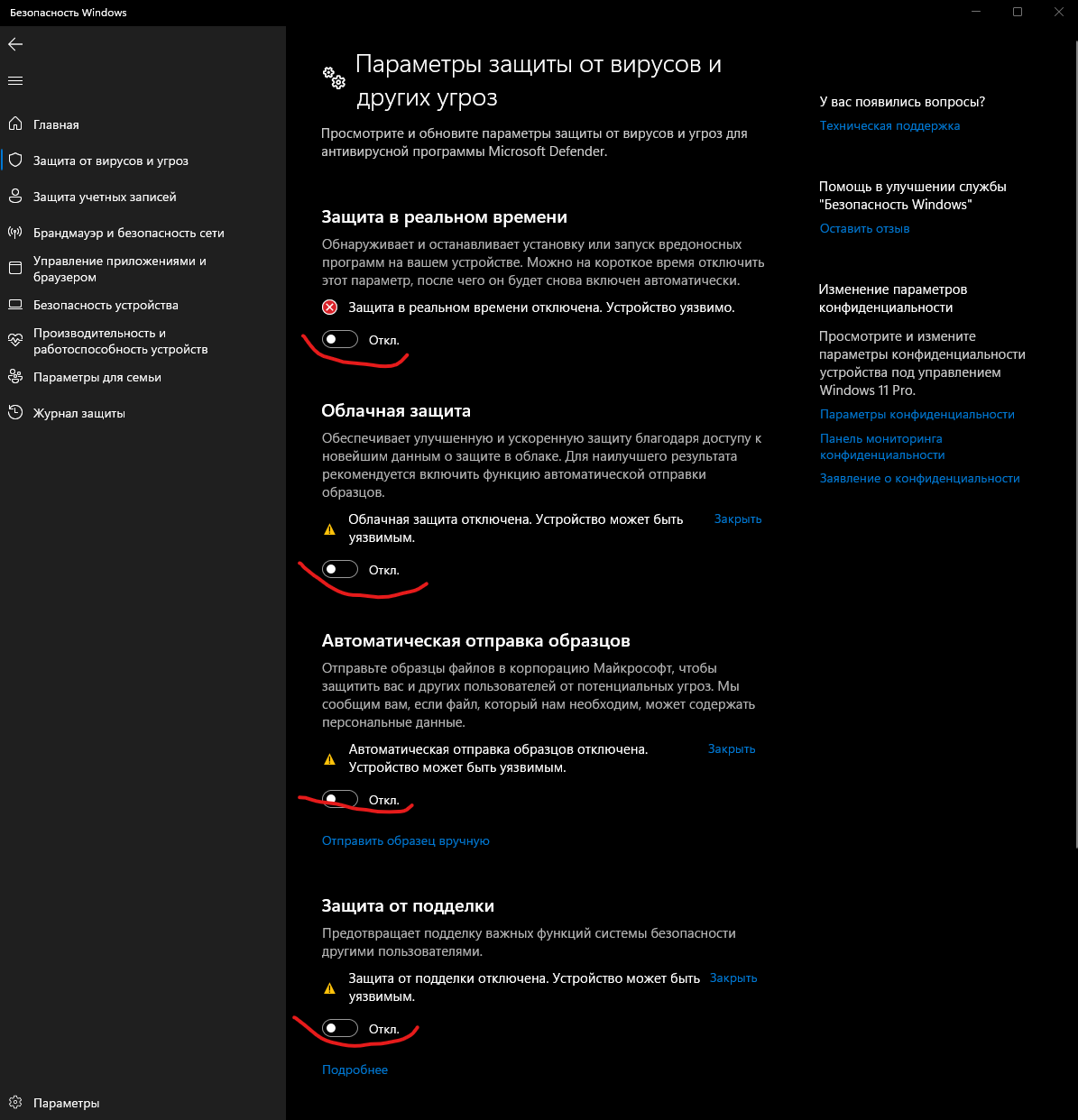
After you have downloaded the miner, you will need a deposit address to which the mined coins will be sent. You can install the ZEPH wallet from the list at the beginning of the article, or in our case, to get a deposit address on one of the supported exchanges, we will use the MEXC exchange. Register on the MEXC exchange or log into your account if you have already registered there previously. Go to the deposits section in the "Wallet" -> "Deposit" menu. Select ZEPH cryptocurrency, ZEPH network and click on the "Generate address" link.
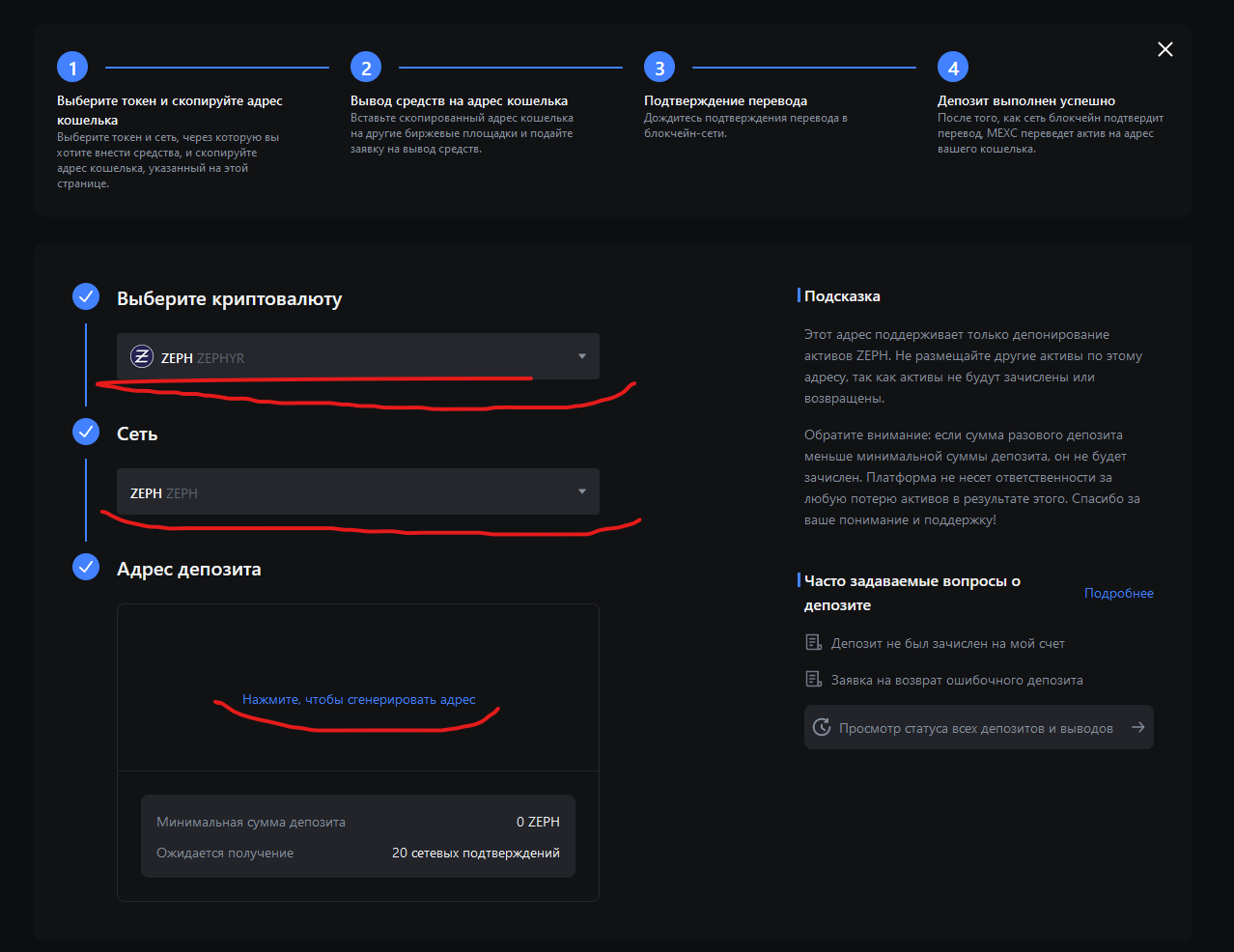
Now go to the folder where you previously unpacked the miner and create the file “zeph-herominers.cmd” in this folder. Edit this file and write in it:
xmrig.exe --donate-level 1 -o de.zephyr.herominers.com:1123 -u <YOUR DEPOSIT ADDRESS WHICH YOU RECEIVED ABOVE> -p ZEPH1 -a rx/0 -k
pause
Save the changes to the file. (Example in the image below - do not forget to replace the address with yours)
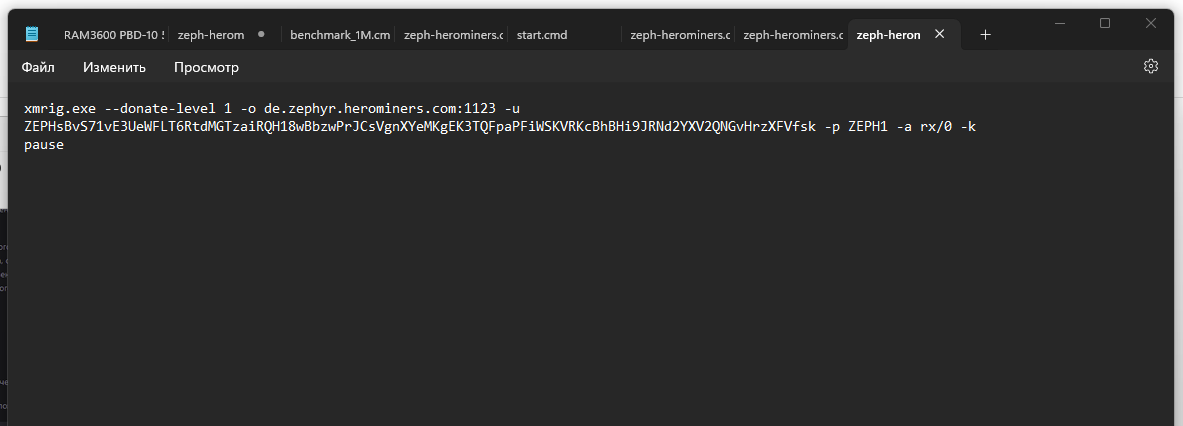
Run this file and you will see how the mining process will start. Make sure that the green text "permission granted" appears next to the "HUGE PAGES" text. If there is no such inscription, then your hashrate during mining will be 30-40% lower. For example, in our case, for the AMD Radeon 7950X processor, after activating HUGE PAGES, the hashrate increased from 13000 h/s to 17000 h/s.
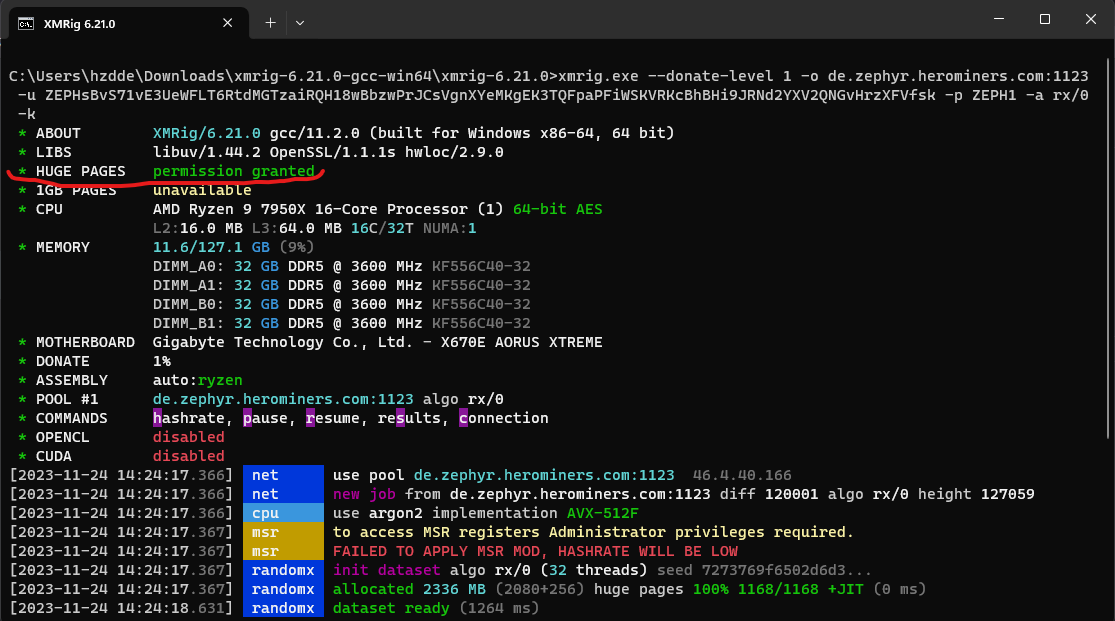
To enable HUGE PAGES in Windows, go to the START menu and search for "Local Security Policy". Launch the Local Security Policy application, go to Local Policies -> Assign user rights -> Block pages in memory and add all users as shown in the screenshots below. Then restart the PC and run the “zeph-herominers.cmd” file again in the folder with the unpacked miner, after which the mining process will begin and the “HUGE PAGES” item will be unlocked as in the screenshot above. If mining does not start, check that the Windows antivirus did not delete the miner executable file after rebooting; if it was deleted, then disable the antivirus again, as described above, and again unpack the archive with the miner into the same folder, replacing the files.
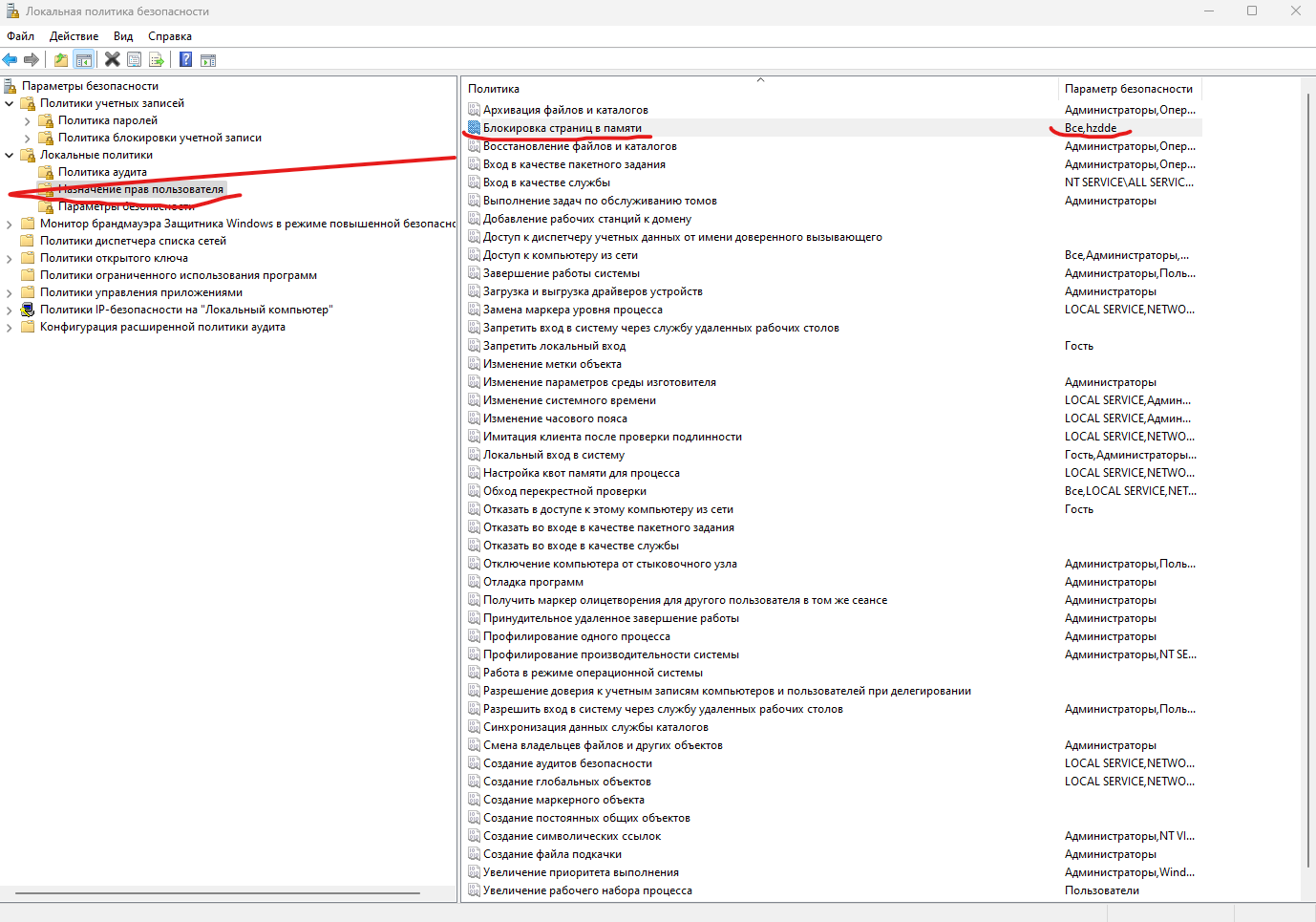
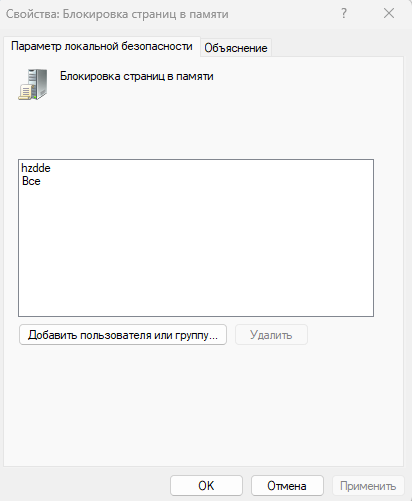
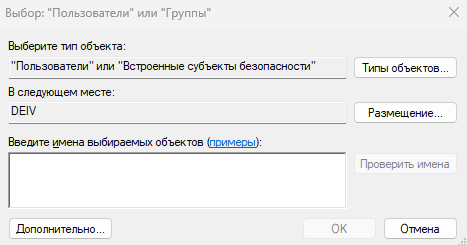
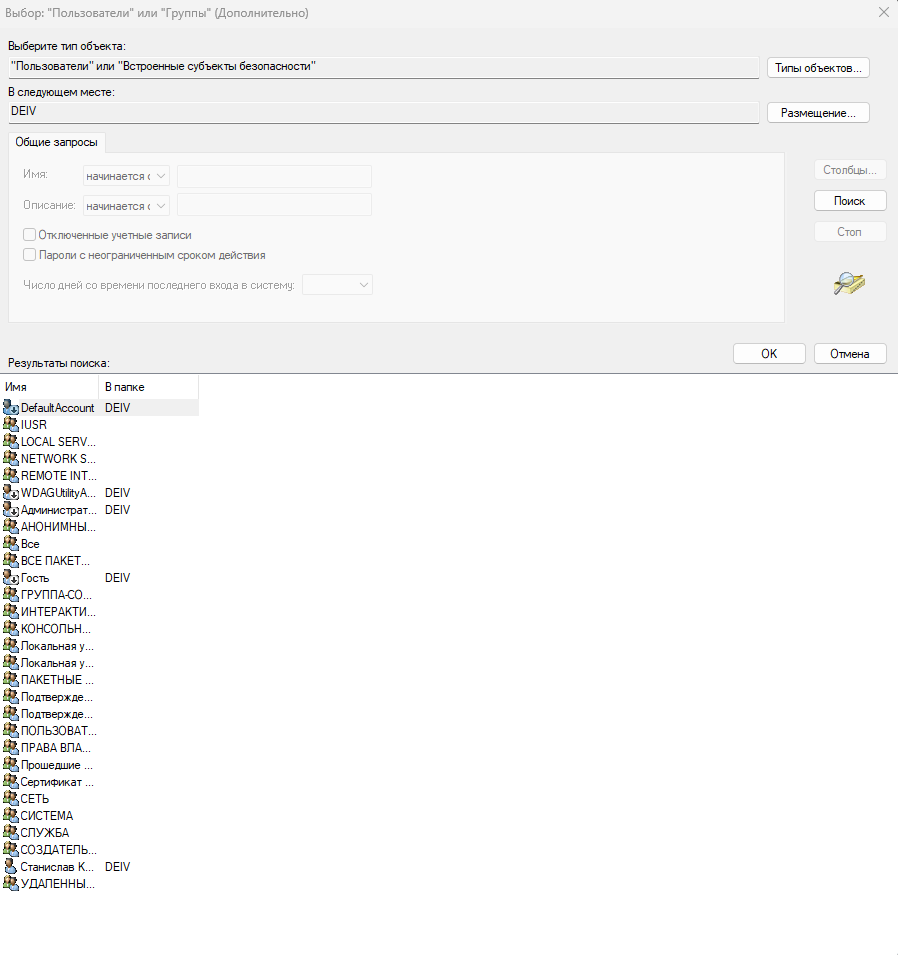 You can view mining statistics on the pool page https://zephyr.herominers.com, to do this, enter your deposit address in the "Your stats & Payment History" field at the bottom of the page.
You can view mining statistics on the pool page https://zephyr.herominers.com, to do this, enter your deposit address in the "Your stats & Payment History" field at the bottom of the page.
